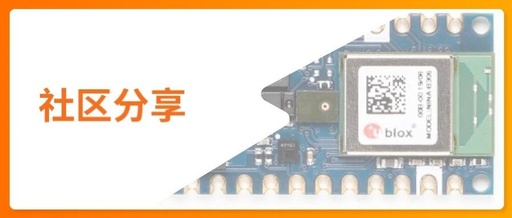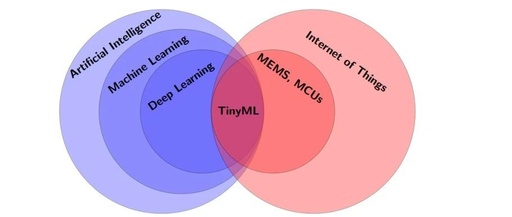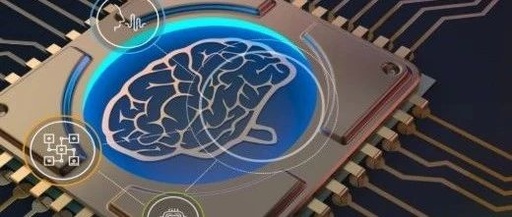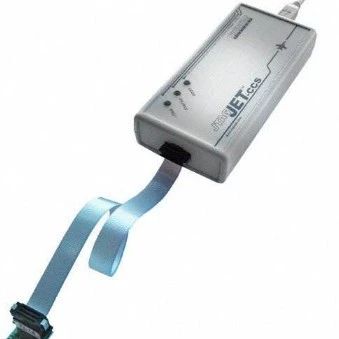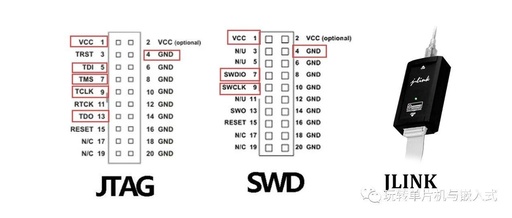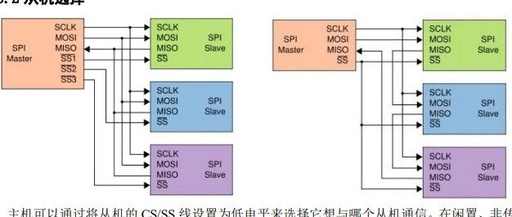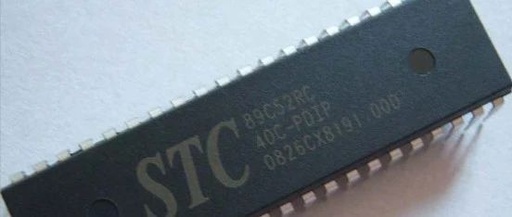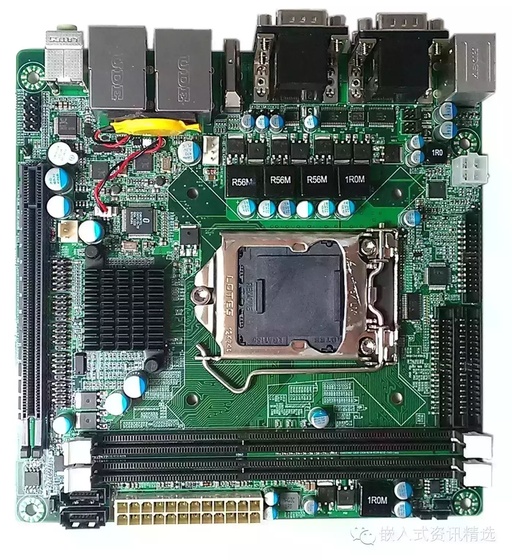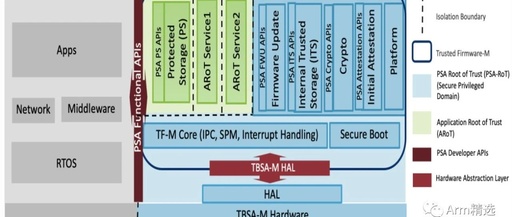Learning TinyML From Scratch: Optimization Techniques
This article is contributed by the community, author Wang Yucheng, ML&IoT Google Developers Expert, Chief Engineer of the Intelligent Lock Research Institute at Wenzhou University. Learn more: https://blog.csdn.net/wfing After discussing the previous chapters, we have understood the concept of TinyML, completed the simplest TinyML model and ran it on a microcontroller, yielding the most basic … Read more
